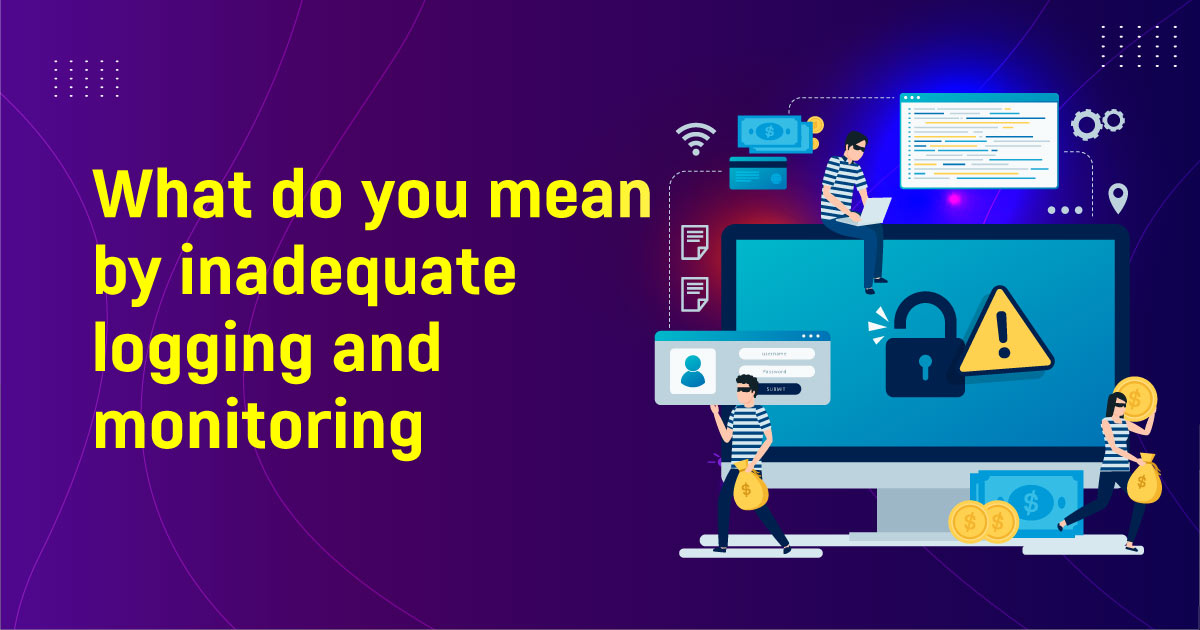Memcache is a high-performance, distributed memory caching system used to improve website and application performance. It stores frequently accessed data in memory to reduce the load on backend databases. However, the open nature of Memcache servers can be exploited by malicious actors for amplification attacks.
Amplification attacks capitalize on the behavior of certain protocols, like Memcache, to magnify the volume of traffic directed towards a target system. Attackers send a small request to a Memcache server, which responds with a much larger response, overwhelming the victim’s infrastructure with a flood of data.
Working of Memcache Amplification
During a Memcache amplification attack, attackers manipulate the server’s configuration to allow incoming requests from arbitrary source IP addresses. They then send a request with a forged source IP address, making it appear as if it originates from the victim. The Memcache server, unaware of the falsified source, responds to the victim’s IP with a significantly larger response. This amplification effect leads to a massive surge of traffic towards the victim’s infrastructure, potentially causing service disruptions or even a complete system shutdown.
Risks of Memcache Amplification
Memcache amplification attacks pose several risks and can have severe consequences for targeted systems and networks:
Network Congestion:
The surge of traffic generated during an attack can congest the victim’s network, resulting in service degradation and impeding legitimate users’ access to critical resources.
Denial of Service (DoS):
Successful Memcache amplification attacks can overwhelm the victim’s system, leading to a denial of service. This can result in financial losses, reputational damage, and customer dissatisfaction.
Resource Exhaustion:
The excessive volume of traffic generated during an attack can exhaust the victim’s server resources, such as bandwidth, CPU, and memory. This can cripple the system’s ability to function properly, impacting overall performance.
Data Exposure:
In some cases, Memcache servers may inadvertently expose sensitive data in their responses, which can be accessed and exploited by attackers during an amplification attack.
Mitigation Strategies to prevent from such attacks

To safeguard against Memcache amplification attacks, organizations can adopt several preventive measures:
Firewall Configuration:
Configure firewalls to block or restrict access to Memcache servers from external and untrusted sources. Only allow connections from trusted IP addresses.
Source IP Validation:
Implement source IP validation techniques to ensure incoming Memcache requests originate from legitimate sources. This helps detect and block spoofed or forged IP addresses.
Rate Limiting:
Apply rate limiting mechanisms on Memcache servers to restrict the volume of responses generated, preventing them from being exploited for amplification.
Regular Patching and Updates:
Keep Memcache servers up to date with the latest patches and security updates. This helps address any vulnerabilities that attackers may exploit.
Conclusion
Memcache amplification attacks present a significant challenge to the security and stability of networks and systems. Organizations must be vigilant, understand the workings of Memcache amplification, and take proactive steps to mitigate this threat. By implementing appropriate security measures, such as firewall configuration, source IP validation, rate limiting, and regular updates, organizations can fortify their defenses against Memcache amplification attacks and enhance overall cybersecurity resilience.









